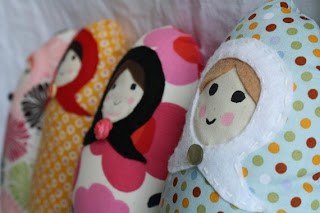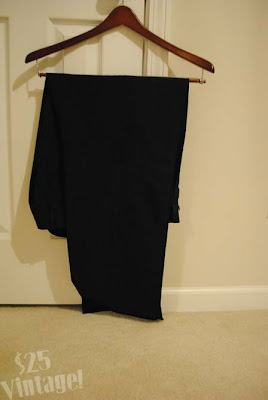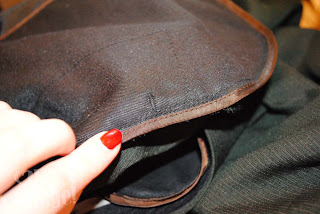Growing up we never had a real tree. Not that we didn't have a place to get them, but I grew up in New York and we never really felt like trudging out into the snow to find a tree when there was a perfectly good one in a box in the attic. (We also never really felt like cleaning up after a real tree.)
Fiancé has always had a real tree. I can't say that I blame him with how beautiful the weather is down here in Atlanta around tree hunting season.
Just look at that. No snow, no slush, no muddy ground. Perfect!
This is actually our second Christmas together though the first that we've been able to spend at home. Last year in December 2009 my Fiancé (then Beau) was admitted to the Hospital for double pneumonia and Swine Flu. He was put on a respirator for almost three weeks. Two similar cases that had come in before him had died from the same sickness. The doctors warned us that he might not get well at all.
I'll tell you that I've never been so scared in my life. I have never prayed as hard as I did those three weeks, but on December 21 of last year we were blessed with a miracle. The CDC allowed for emergency use of an experimental anti-viral drug called Peramivir. On this day exactly one year ago my beau was taken off the respirator and was on his way to recovery. The drug literally saved his life.
Last year was the best Christmas ever because God brought my love back to me. I'm thankful every day and every time I see Fiancé's smiling face. This year we wanted to celebrate his recovery by celebrating Christmas like we were unable to do last year. We wanted to get our first Christmas tree.
The weekend after Thanksgiving we went searching at our local tree farm.
Most of the trees were a little too big for our house as we do not have 15 foot ceilings.
We must have spent an hour walking through rows and rows of trees.
But finally decided on this guy, a 7 foot tall Leland Cypress.
Fiancé made short work of the chopping.
The hunter and his trophy.
They even baled it for us in fancy red & green Christmas baling netting.
Fiancé did most of the work though...
Next they hooked the tree to the car and we headed home.
The Christmas tree arrives!
We removed it from it's baling net.
We propped it up and gave it lots of water.
Then it was time to string the lights. We were a little short on lights so we had to take a short break to go get more from the local Target.
Fiancé hung our first ornament.
And I hung the second. Right there. See, right there. There.
Fiancé even surprised me with this cute little Belle ornament. Favorite princess, hands down.
A few hours later we had our tree decorated and complete. It smells fantastic and I love it!
Happy Holidays everyone! I'll be out of touch for the next few days, but I hope you have a great holiday season and I'll see you next week!
































































